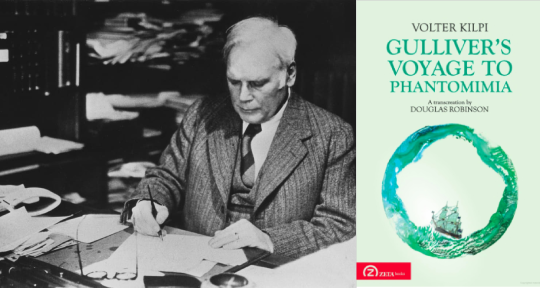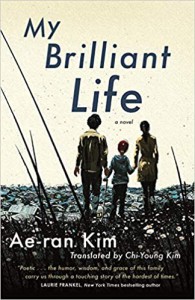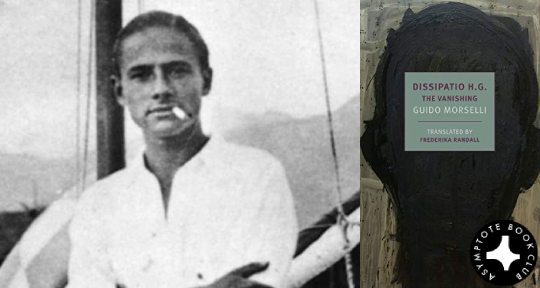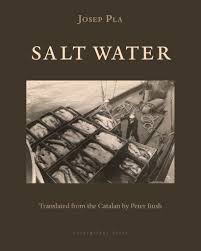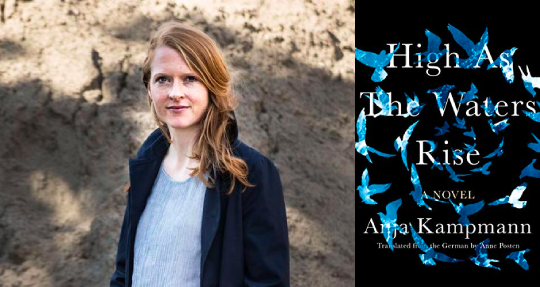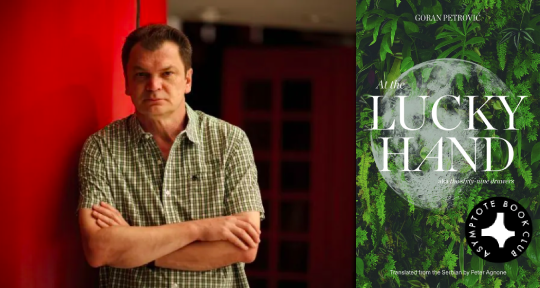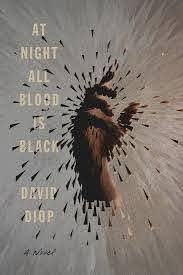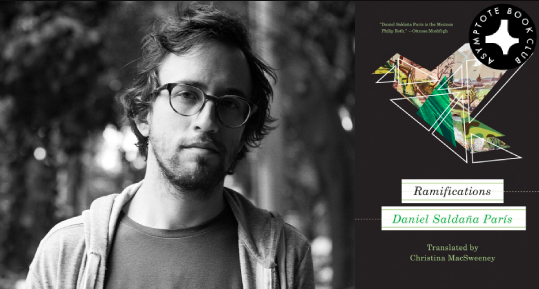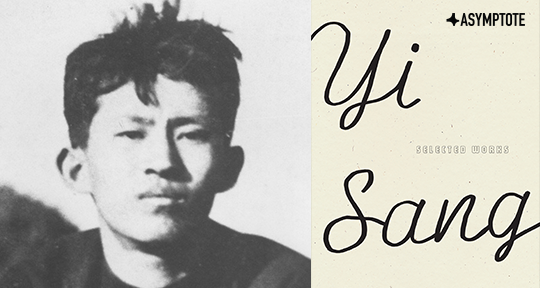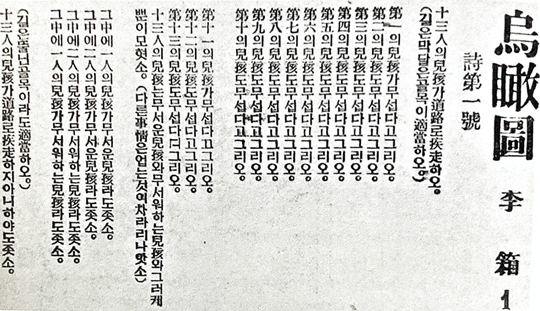The intricate latticing of a family’s dysfunctions can provide ample material for any writer, but that is no indication that the material is easy to render in its full complexity. In our Book Club selection for January, however, we are proud to present a text that explores the peculiarities of familial relations to tremendous result. My Grandmother’s Braid, written by acclaimed author Alina Bronsky, tackles the subject(s) with equal parts biting wit and generous compassion, culminating in a subtly sensitive portrait of what happens behind the closed doors of households, and the closed minds of our loved ones.
The Asymptote Book Club aspires to bring the best in translated fiction every month to readers around the world. You can sign up to receive next month’s selection on our website for as little as USD15 per book; once you’re a member, you can join the online discussion on our Facebook page!
My Grandmother’s Braid by Alina Bronsky, translated from the German by Tim Mohr, Europa Editions, 2021
Over the years, I have grown weary of that infamous Tolstoy adage that “All happy families are alike; each unhappy family is unhappy in its own way.” Mostly because it seems to me that the sources of our unhappiness tend to be often so ordinary (and thus far more common that we’d like to admit); evil can lack imagination, and even the worst of pains can soon turn into dull aches as we get used to almost everything. Dysfunctional families, however, are another story, and the family at the center of Alina Bronsky’s My Grandmother’s Braid, translated by Tim Mohr, takes the idea of dysfunctional to a whole new level. Despite its relative slimness, this book takes the reader on a journey with so many twists and turns that I kept staring at the pages in disbelief.
At the age of six, our narrator Max immigrates from the Soviet Union to Germany with his maternal grandparents, taking shelter in a refugee home. The verb “immigrate” is technically correct, although there is a sense that Max and his grandfather, Tschingis, didn’t immigrate as much as they were dragged to the unnamed German town where the story takes place by Max’s grandmother, Margarita Ivanova, or Margo.
Margo is the driving force behind this story and almost everything that happens in Max’s life (and not only Max’s). Worried that Max’s health is too precarious for Russia, she exploits the family’s threadbare Jewish heritage to gain refugee status. Once in Germany, she seems to suffer from what can potentially be described as Munchausen syndrome by proxy: she is certain that Max is too fragile to live as a normal child would—that he is afflicted by a number of inexplicable maladies. She hauls Max from doctor to doctor, all of whom continually refuse her diagnosis as she grows ever more certain of their incompetence. She feeds Max only steamed vegetables and unseasoned barley and oats and refuses to let him go play with other children. When Max starts first grade, she insists on being seated at the back of his classroom and interrupting his lessons with her often-wrong advice on how to solve his math assignments. The dullness of Max’s school life eventually becomes too much for her, and it is only when Margo grows bored that Max is able to gain a little bit of freedom and agency. And it is here that the narrative begins to speed up, and the years slide by to the point where reader loses track of how much time has passed. READ MORE…


